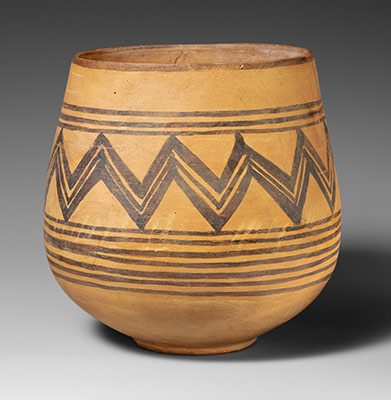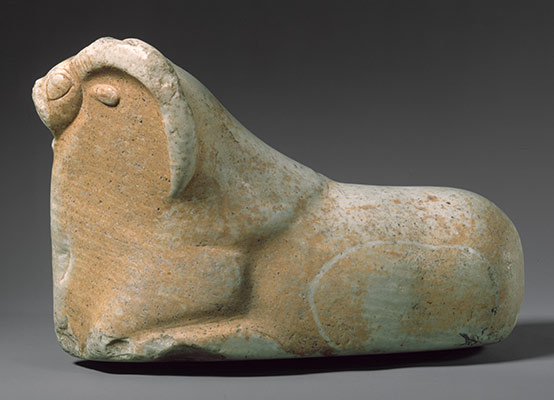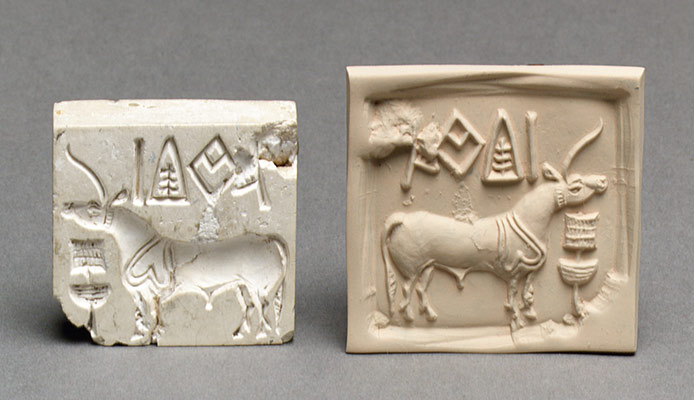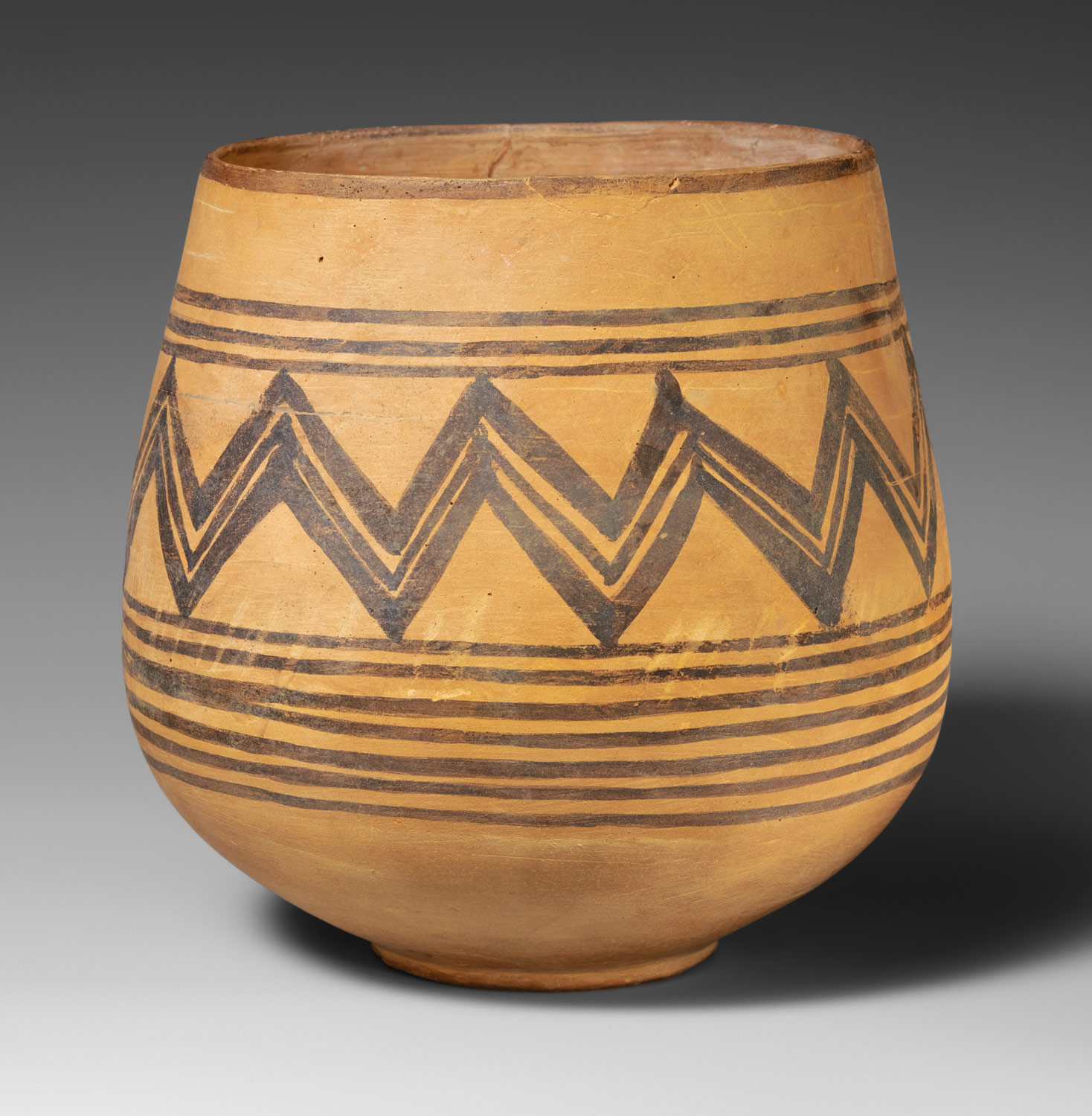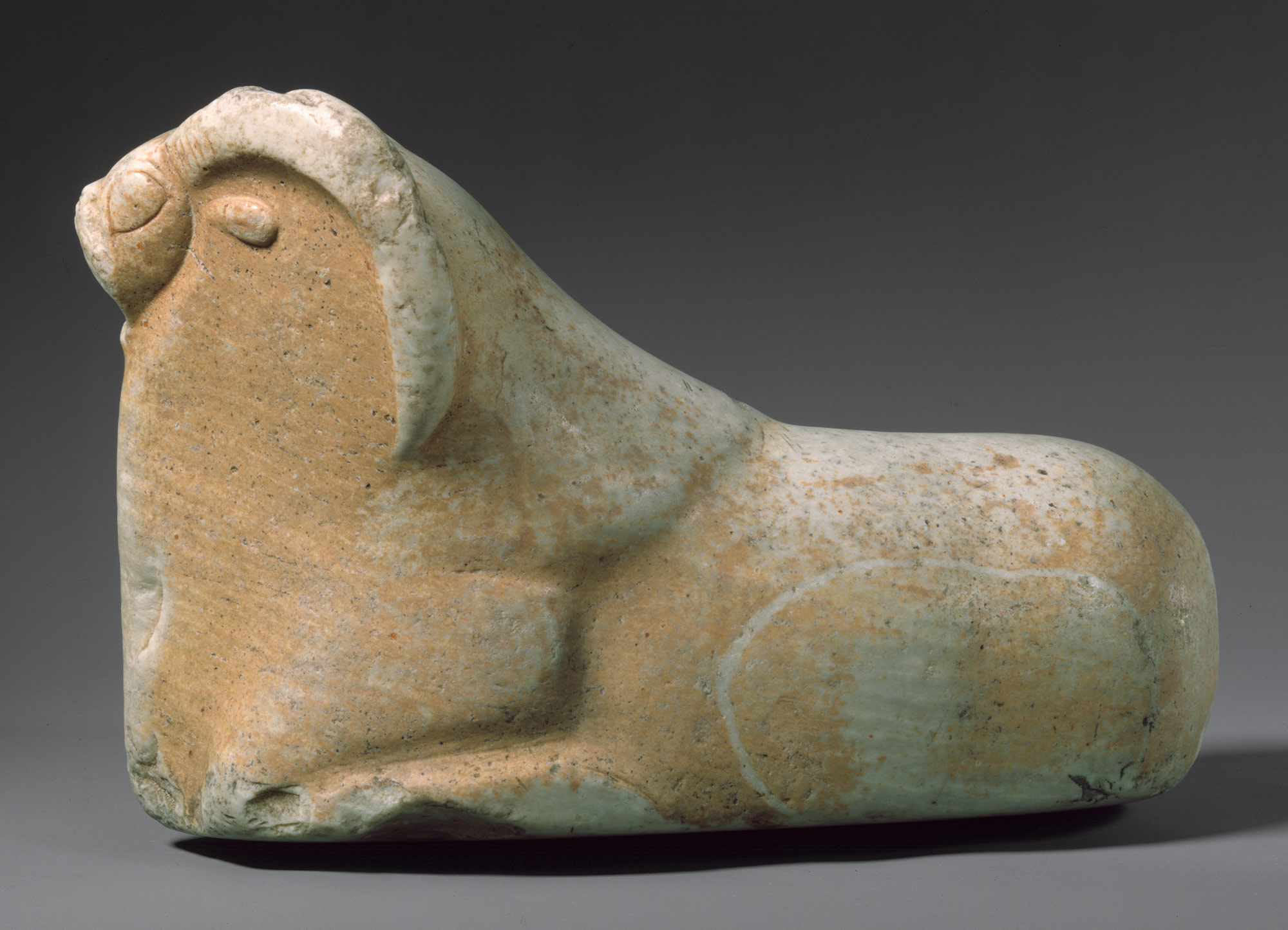South Asia is the center of one of the great ancient civilizations of the world—the Indus Valley civilization in present-day Pakistan and northwestern India. Copper metallurgy, stone bead making, and seal carving develop in conjunction with the elaboration of ceramics, some decorated with an early form of writing. By the middle of the third millennium B.C., this civilization features a settled urban culture and extensive trading contacts with cultures to the west. Seals provide evidence of a still undeciphered writing system. Other regional cultures are far less developed. The decline of the Indus Valley civilization is attributed to environmental change.
South Asia, 8000–2000 B.C.
Timeline
8000 B.C.
6500 B.C.
6500 B.C.
5000 B.C.
NORTH
SOUTH
5000 B.C.
3500 B.C.
NORTH
SOUTH
3500 B.C.
2000 B.C.
NORTH
SOUTH
Overview
Key Events
-
ca. 5000–2600 B.C.
Early Neolithic communities are gradually linked in extensive trading networks across the Indus Valley region. The period is characterized by the elaboration of ceramics, the beginning of copper metallurgy, stone bead making, and seal carving. The beginning of writing is seen in the form of graffiti on pottery from circa 3500 B.C. A more complicated writing system seems to have developed out of or in conjunction with this pottery-marking system; examples exist from around 2800 B.C.
-
ca. 2600–1900 B.C.
An integrated urban culture flourishes in the northwest, producing large-scale settlements with advanced grid-pattern urban planning and an abundance of material remains, including terracotta, metal, stone sculpture, seals, and coins. Large cities such as Mohenjo Daro and Harappa in present-day Pakistan prosper through trade with cultures to the west, and smaller settlements expand through the plains of present-day Pakistan and North India. Numerous seals have been found featuring a complex writing system that remains undeciphered. Some images on these seals—of bulls, horned headdresses, and figures seated in yoga-like postures—possibly relate to later cultural and religious developments in South Asia.
Citation
“South Asia, 8000–2000 B.C.” In Heilbrunn Timeline of Art History. New York: The Metropolitan Museum of Art, 2000–. http://www.metmuseum.org/toah/ht/?period=02®ion=ssa (October 2000)
Related
Map
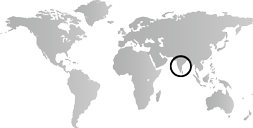
Primary Chronology
Secondary Chronology
See also
Keywords
- Afghanistan
- Andhra Pradesh
- Asia
- Bangladesh
- Bhutan
- Delhi
- Gandhara
- Gujarat
- India
- Indus Valley Art
- Mumbai (Bombay)
- Nepal
- Pakistan
- Rajasthan
- South Asia
- Southeast Asia
- Sri Lanka
- Tamil Nadu
- Tibet
- Uttar Pradesh
- Prehistoric Art
- Neolithic Period
- Chalcolithic Period
- Bronze Age
- 8th Millennium B.C.
- 7th Millennium B.C.
- 6th Millennium B.C.
- 5th Millennium B.C.
- 4th Millennium B.C.
- 3rd Millennium B.C.
